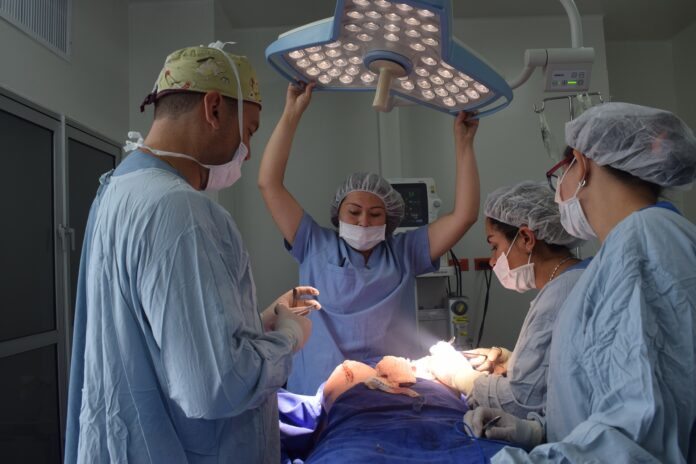Minute particles of plastic, known as microplastics, have been discovered in various parts of our environment, including water, food, and the air we breathe, as revealed in a 2021 scientific review. Astonishingly, just a year later, another study detected these microplastics in the human bloodstream. In a groundbreaking development, researchers have now identified microplastics in the heart tissues of individuals who underwent cardiac surgery.
In a study that examined heart tissue samples from 15 patients who had undergone heart surgery, scientists unearthed tens to thousands of individual microplastic fragments in the majority of the analyzed tissue samples. However, the quantities and types of materials varied among the participants.
Dr. Xiubin Yang, the study’s lead author from the Department of Cardiovascular Surgery at Beijing Anzhen Hospital in China, and his colleagues expressed alarm at the discovery of microplastics within the living body. They stressed the need for further research to investigate how these tiny particles enter cardiac tissues and the potential long-term effects of microplastics on patients following cardiac surgery.
Where do they originate?
Published in the American Chemical Society journal Environmental Science and Technology, the study employed direct infrared imaging to identify particles ranging from 20 to 500 micrometers in width, made from eight different types of plastic. Furthermore, the scientists found plastic particles in blood samples collected from the participants, suggesting that microplastics may widely distribute throughout various organs in the body.
The study authors highlighted that invasive medical procedures, such as heart surgery, could represent an overlooked route of exposure to microplastics. Notably, a fraction of the plastic pieces identified had a diameter too large for inhalation or ingestion, suggesting that the heart operation itself may allow microplastics to directly access the bloodstream and tissues.
The researchers referenced previous studies showing that microplastics have been found in the air within operating rooms, potentially entering patients whose organs are exposed to the surgical environment. They also suggested that larger particles might originate from equipment and materials used in heart surgeries, including surgical incision protective film, intravenous therapy bags, tubing, and syringes.
Surprisingly, the types of plastics detected in this study differed from expectations, with polyethylene terephthalate (PET), commonly used in plastic water bottles, being the predominant plastic found. Christopher Reddy, an expert on plastic pollution and a senior scientist at the Woods Hole Oceanographic Institution, noted this unexpected finding and emphasized the need for more research to understand the potential health effects.
The study’s findings raise concerns about the possibility of microplastics entering heart tissue during medical procedures, in addition to other routes of exposure from the environment. While the health implications remain uncertain, some evidence suggests that microplastics could have adverse effects on human health, including cell death, allergic reactions, damage to cell walls, and potential links to cardiovascular diseases and other health problems.
Dr. Timothy O’Toole, an associate professor of medicine at the University of Louisville School of Medicine, who has studied the impact of microplastics on heart health, suggests that minimizing exposure to plastic products and packaging could reduce the risk. However, he emphasizes the need for further research to fully understand the risks associated with microplastics in the body.


